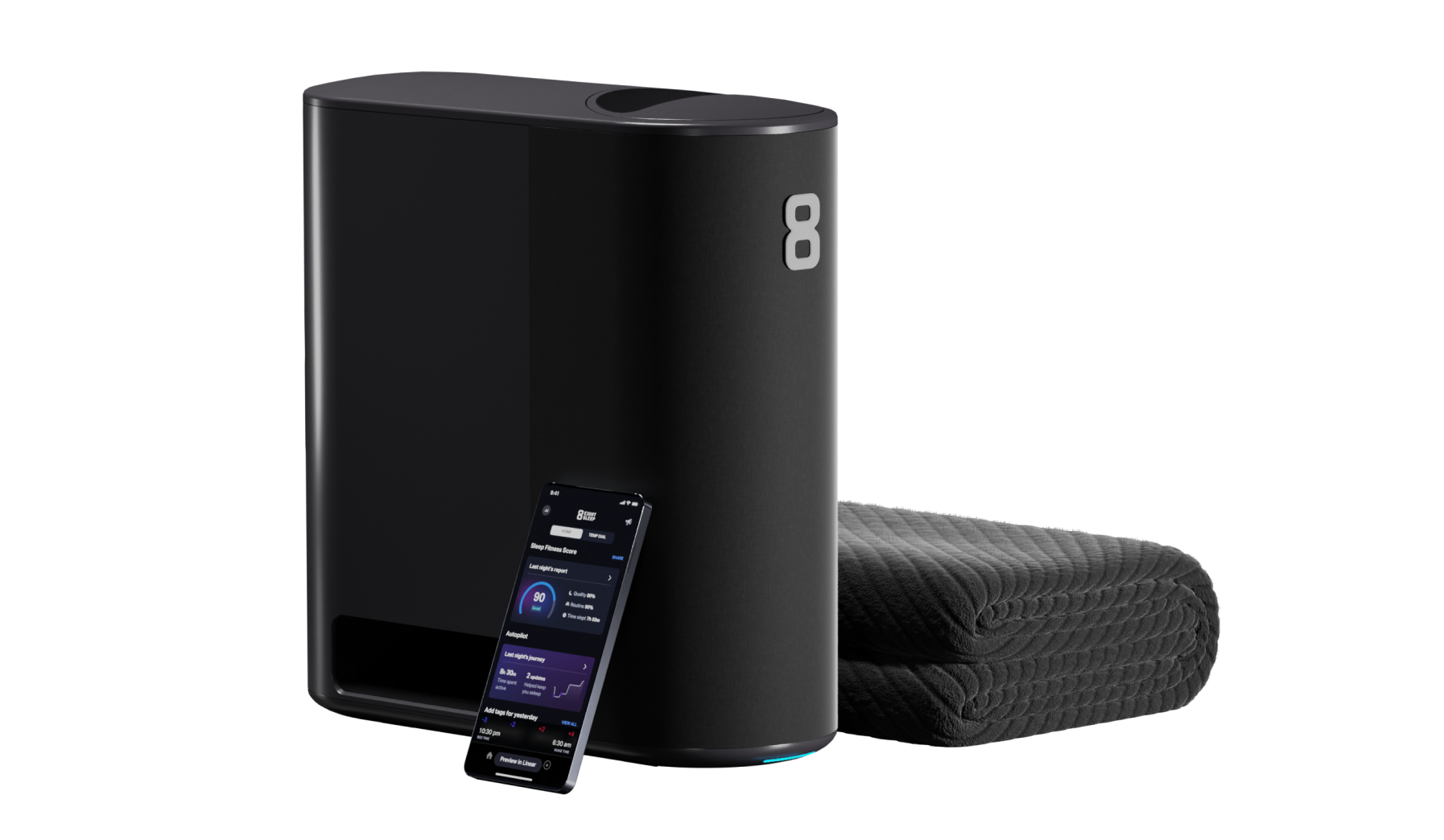How do different colors of light affect our ability to fall asleep? Scientists from Oxford University have the answer. Last year, the team tested green, blue, and violet light on mice. They found that green light produced rapid sleep onset — between 1 and 3 minutes while blue and violet delayed sleep. When the mice were exposed to violet light, it took them 5-10 minutes to fall asleep. With blue light, the onset of sleep took between 16 and 19 minutes.
The researchers believe this all has to do with a blue light-sensitive pigment called melanopsin. These light-detecting pigments operate in the retina and seem to affect how we react to different kinds of artificial light. There was also a connection between blue light and corticosterone, a stress hormone produced by the adrenal gland that causes arousal, stimulation and wakefulness. We could therefore predict that blue light will enhance the wake-promoting effects of light sources by elevating adrenal stress hormones.
An obvious caveat of this study is that mice are nocturnal, but humans are not. So it very well could mean that green is not the magic color for us. Perhaps green light increases wakefulness rather than sleep. But if there’s one thing this study teaches us, it’s that blue light should be avoided at night. Short-wavelength blue light (emitted from the sun, electronic devices, and fluorescent lighting) shifts the circadian clock, alerts the brain, and suppresses melatonin production. To help limit exposure, Eight Sleep’s Blue Wave Glasses act as a barrier to block the blue-light waves from affecting your sleep cycle. For better sleep, power down your devices at least an hour before bedtime.


